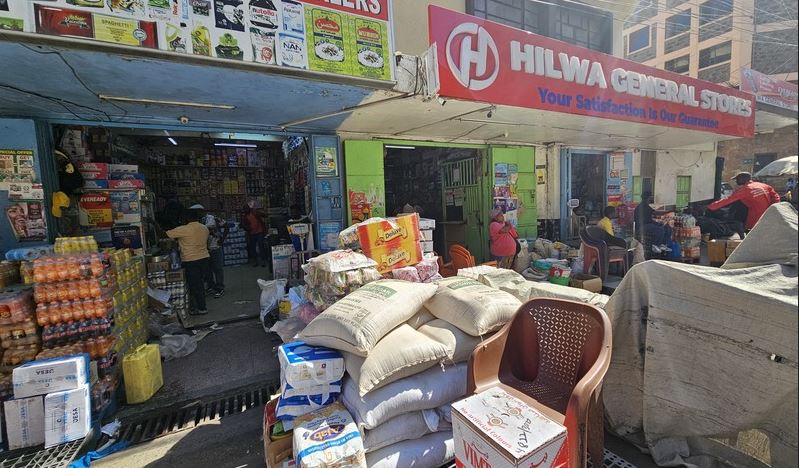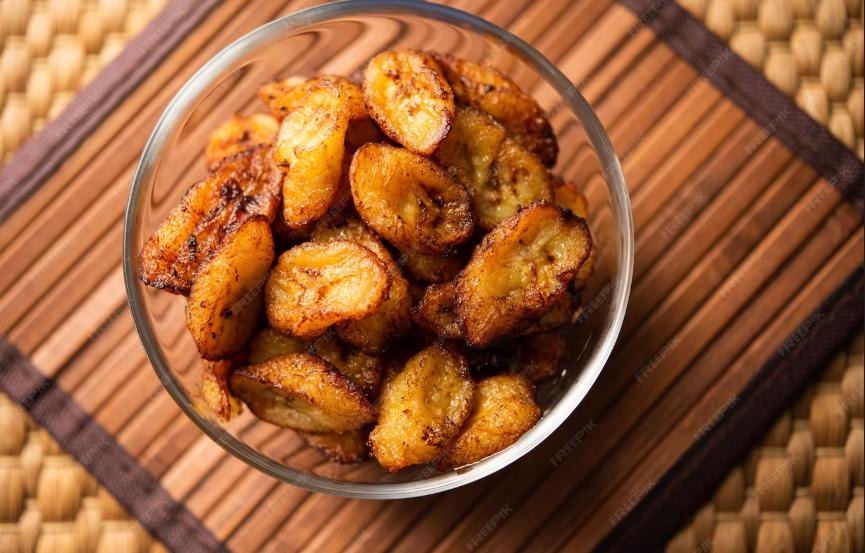Global food prices climb for third straight month amid soaring cereal, meat and dairy costs

The surge in global commodity prices comes at a time when Kenya’s inflation has also been on the rise, mirroring a trend that began in October last year.
The cost of food commodities continued its upward trend in April, marking the third consecutive monthly rise in global benchmark food prices since January.
According to the Food and Agriculture Organisation (FAO), the increase was driven by higher prices for major cereals, meat, and dairy products, a worrying sign for many households already grappling with rising living costs.
More To Read
- KNBS data shows uneven food price shifts as inflation dips slightly
- Somalia declares drought emergency as millions face hunger after failed rains
- World Bank upgrades Kenya’s growth outlook to 4.9 per cent, warns of elevated risks
- CBK targets Sh40 billion in new Treasury bond auction
- Relief for consumers as benchmark food prices ease for second month in a row
- 2.1 million face hunger in Kenya’s ASALs as climate pressures mount
FAO food price index averaged 128.3 points in the month under review, up 1.0 per cent from March’s 127.1, and 7.6 per cent from the same month last year (119.2).
January and February this year averaged 124.7 and 126.6, respectively.
The index tracks monthly changes in the international prices of a set of globally traded food commodities: Cereals, vegetable oil, meat, dairy and sugar.
Cereal price index in the review period increased by 1.2 per cent from March, as wheat prices edged up slightly, supported by tightening exportable supplies in the Russian Federation. The rice price index rose on stronger demand for fragrant varieties.
“Maize prices rose due to seasonally tighter stock levels in the US. Currency fluctuations influenced price movements in world markets, while tariff policy adjustments raised market uncertainty,” FAO says in the report.
Meat prices
On the other hand, the meat price index rose by 3.2 per cent compared to March, with quotations rising across all meat categories.
The dairy price index increased by 2.4 per cent from the previous month to stand as much as 22.9 per cent higher than a year earlier.
“The rise was led by international butter prices, which hit a new all-time high due to declining inventories in Europe.”
Conversely, the vegetable oil price index declined by 2.3 per cent, though it remained 20.7 per cent higher than its year-ago level.
Notably, palm oil prices fell markedly due to seasonally higher outputs in major Southeast Asian producing countries, while global soy and rapeseed oil prices rose on the back of strong global import demand. Sunflower oil prices remained largely stable.
The sugar price index also dropped by 3.5 per cent from March. This is largely due to concerns over the uncertain global economic outlook and its potential impact on the demand from the beverage and food processing sectors, which together account for the bulk of global sugar consumption.
The surge in global commodity prices comes at a time when Kenya’s inflation has also been on the rise, mirroring a trend that began in October last year.
Kenya’s inflation stood at 4.1 per cent in April, up from 2.7 per cent in October last year.
Top Stories Today










































